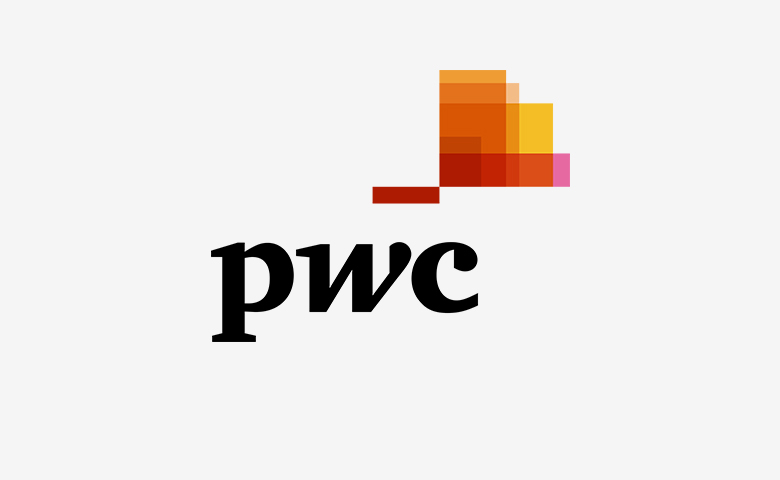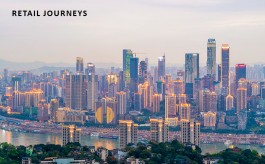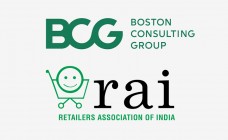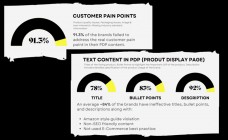Next phase of ecommerce growth in India to be driven by tier 2,3 & 4 consumers, says PwC report
March 01, 2024
PwC India has released a report "How India shops online: Consumer preferences in the metropolises and tier 1-4 cities", unveiling insights on the evolving dynamics of e-commerce in India, particularly focusing on the shopping behaviour of consumers in tier 2 and tier 3 regions.
PwC India has released a report unveiling insights on the evolving dynamics of e-commerce in India, particularly focusing on the shopping behaviour of consumers in tier 2 and tier 3 regions.

Titled "How India shops online: Consumer preferences in the metropolises and tier 1-4 cities", the report encapsulates comprehensive research that aims to reshape the trajectory for businesses operating in India's burgeoning digital marketplace.
“The next phase of growth for ecommerce will be driven by the new digital savvy consumers of tier 2,3 and 4 cities in India. In contrast to urban dwellers, these individuals, constrained by limited access to physical stores and brand choices consider online shopping a gateway to fulfil their aspirations,” said Somick Goswami, Partner and Business Transformation Leader, PwC India.
The report is based on an online survey of 2,100 people, 100 qualitative interviews, and 400 in-person interviews across India with leading experts and industry partners. It provides nuanced insights into the purchasing habits, choices, and mindsets of online shoppers nationwide.
“India’s online consumption gravity is decisively percolating to markets beyond metros. This report creates an industry first insight on what are some of the unmissable category wise nuggets a brand needs to imbibe to success in Rest of India,” said Ravi Kapoor, Partner and Leader - Retail and Consumer Goods, PwC India.
In recent years, approximately 12.5(1) crore consumers in India have embraced online shopping, with a significant portion hailing from tier 2, 3, and 4 cities. Online shopping has emerged not only as a convenience but as a lifeline, especially for individuals in these regions where access to the latest products in physical stores is limited. These consumers, distinct in their digital literacy, infrastructure access, and socio-cultural influences, are driving a retail revolution in the country. This presents a monumental opportunity for brands to tap into this booming market.
“The report emphasises the need for tailored e-commerce experiences to resonate with diverse users across India. A human-centred approach, coupled with localised strategies and inclusivity, is crucial for success. It’s about connecting with each customer on a personal level, celebrating the rich tapestry of our cultures, and innovating every step of the way. By embracing agility and a deep understanding of consumer dynamics, businesses can chart a trajectory of sustained growth and profitability. When businesses get this right, they’re not just selling products; they’re creating experiences that people love and trust” - Prateek Sinha, Partner and Leader - Design and Experience Consulting, PwC India
Key findings from the report include:
Urban-Rural Disparity: The report also elucidates the disparities in e-commerce shopping patterns between urban and rural India. A significant shift is observed in the shopping behaviours of consumers from tier 2, 3, and 4 cities, compared to their urban counterparts. While urban dwellers are enticed by perennial discounts and convenience of online shopping, consumers from rest of India regions are driven towards online shopping by factors such as limited product availability and stockouts in local offline stores.
App Preference: Over 60% of surveyed respondents prefer shopping via mobile apps due to ease of navigation, user-friendly interfaces, and vernacular support, highlighting the importance of app-based platforms in India's e-commerce landscape.
Influence of Social Media: Social media platforms play a pivotal role in driving product trials, with 62% of users trying products after seeing them on platforms like Facebook and Instagram. Urban and rest of India consumers exhibit differing preferences in social media channels for product discovery and trials.
Payment Preferences: While both urban dwellers and rest of India consumers display comparable acceptance of UPI payments, cash on delivery remains the preferred option among the latter to minimise fraud risks. Generation X from rest of India regions prefers card transactions for mid-high value purchases, citing transaction safety as a key factor.
Category Preferences: The report delves into specific category preferences among consumers, highlighting varying trends in fashion, sports and fitness, electronics, home and kitchen, beauty and personal care, health and wellness, and grocery segments. In these categories, urban dwellers prefer online shopping for its quick delivery which meets their demand for instant gratification, even if it means paying a premium. In contrast, Rest of India consumers are more focused on finding the best deals and discounts online.









Comments